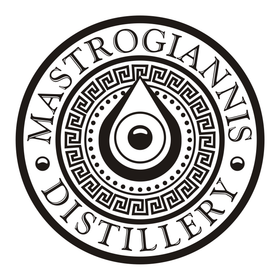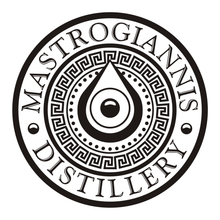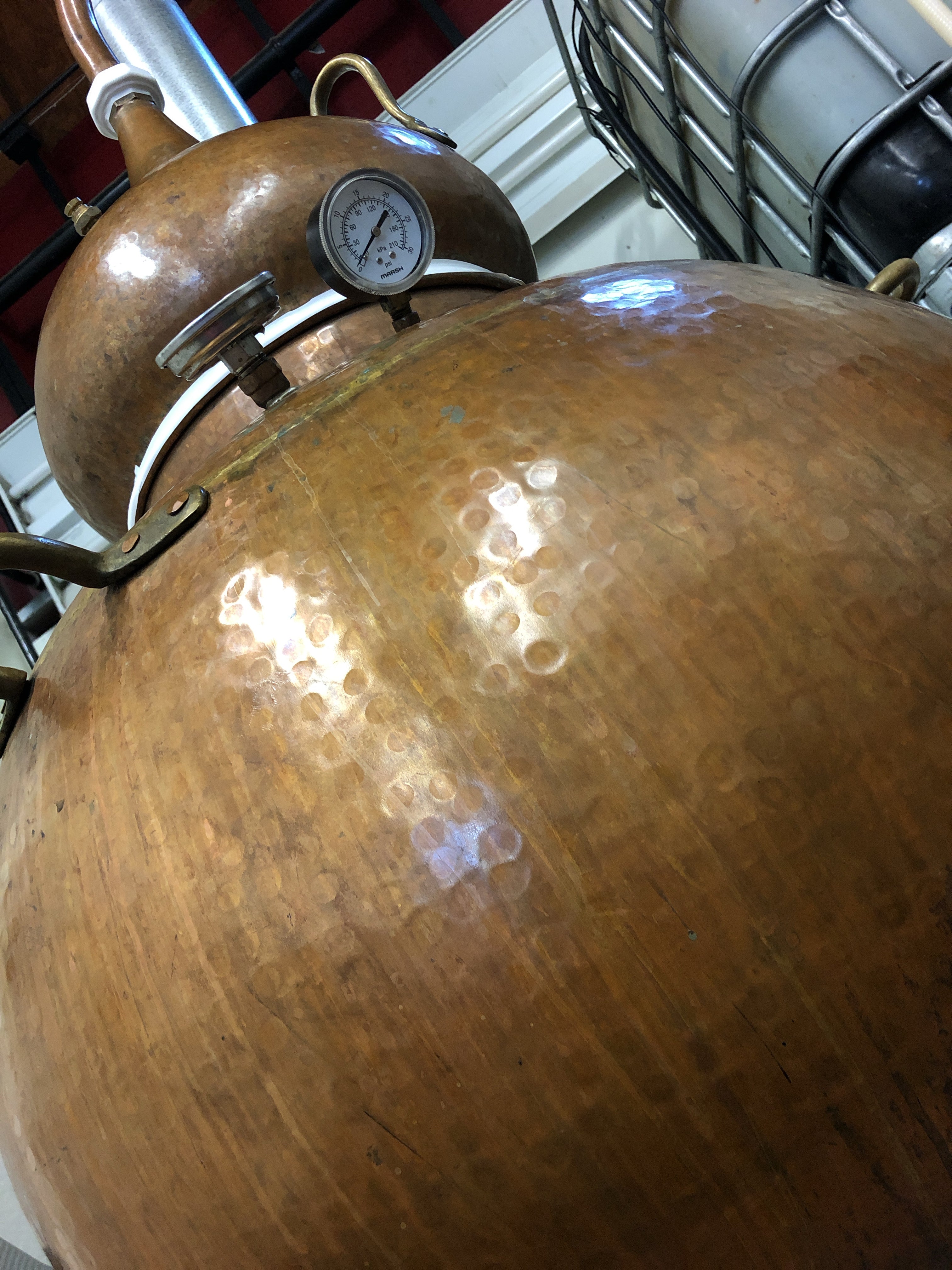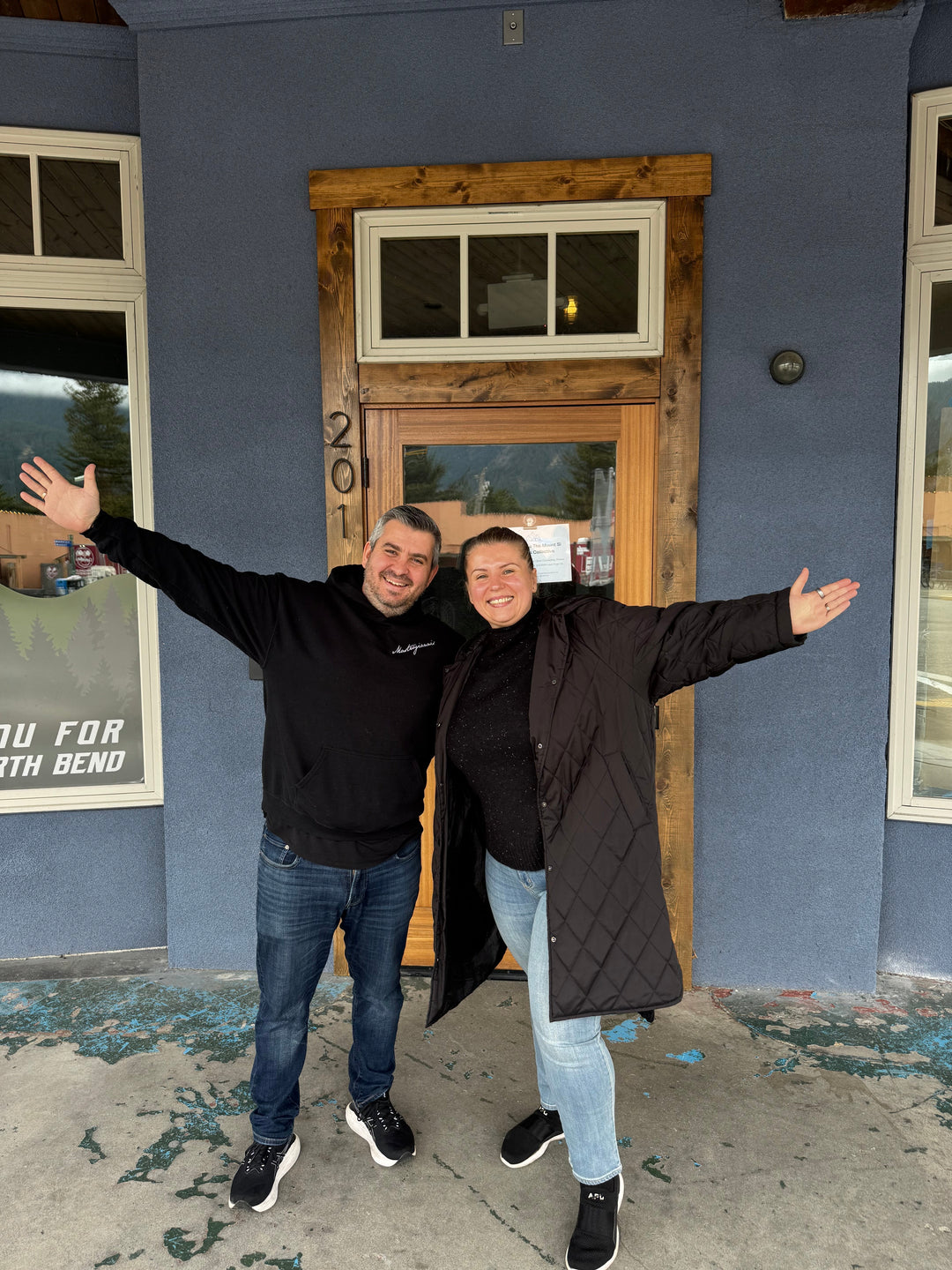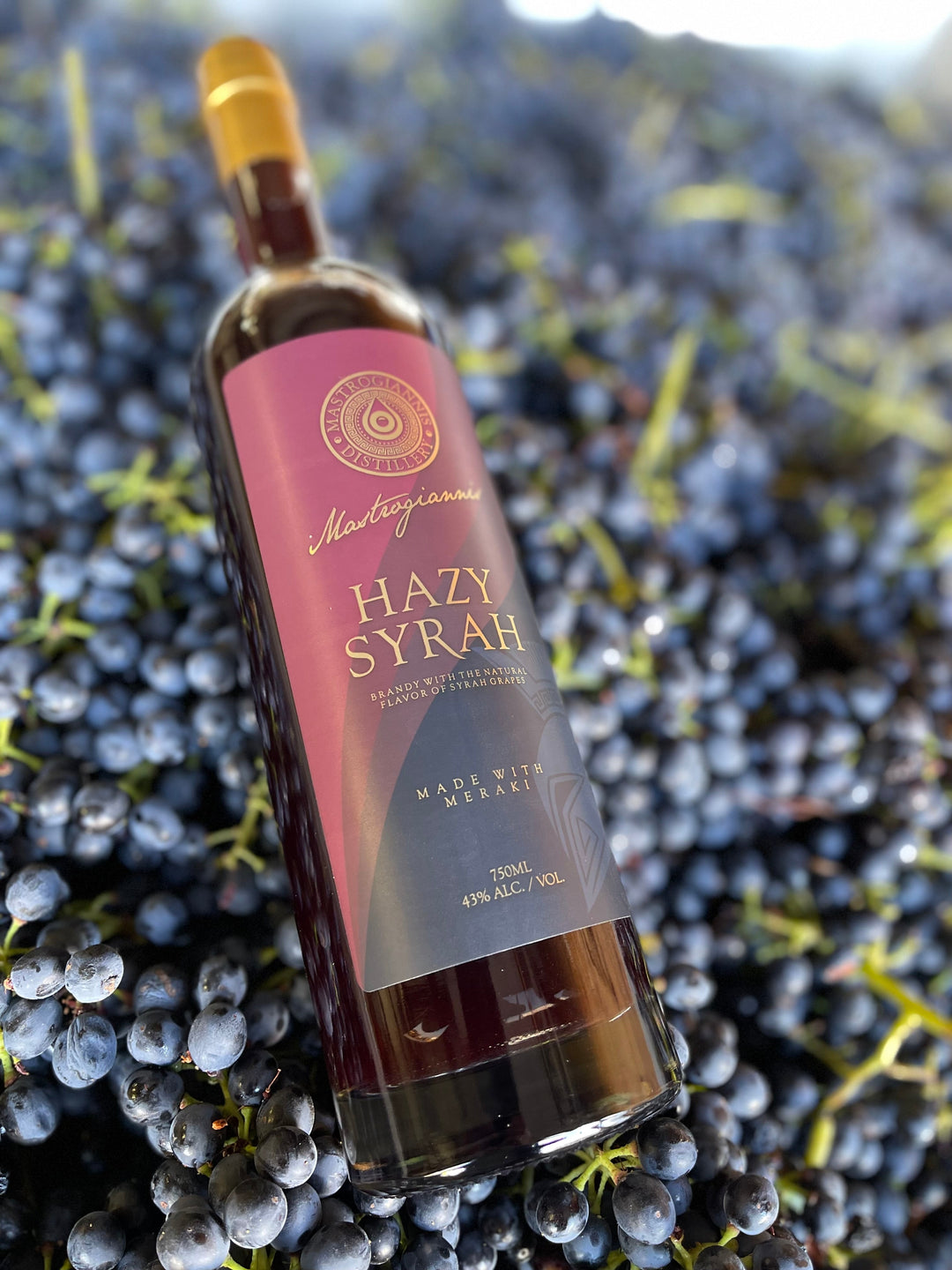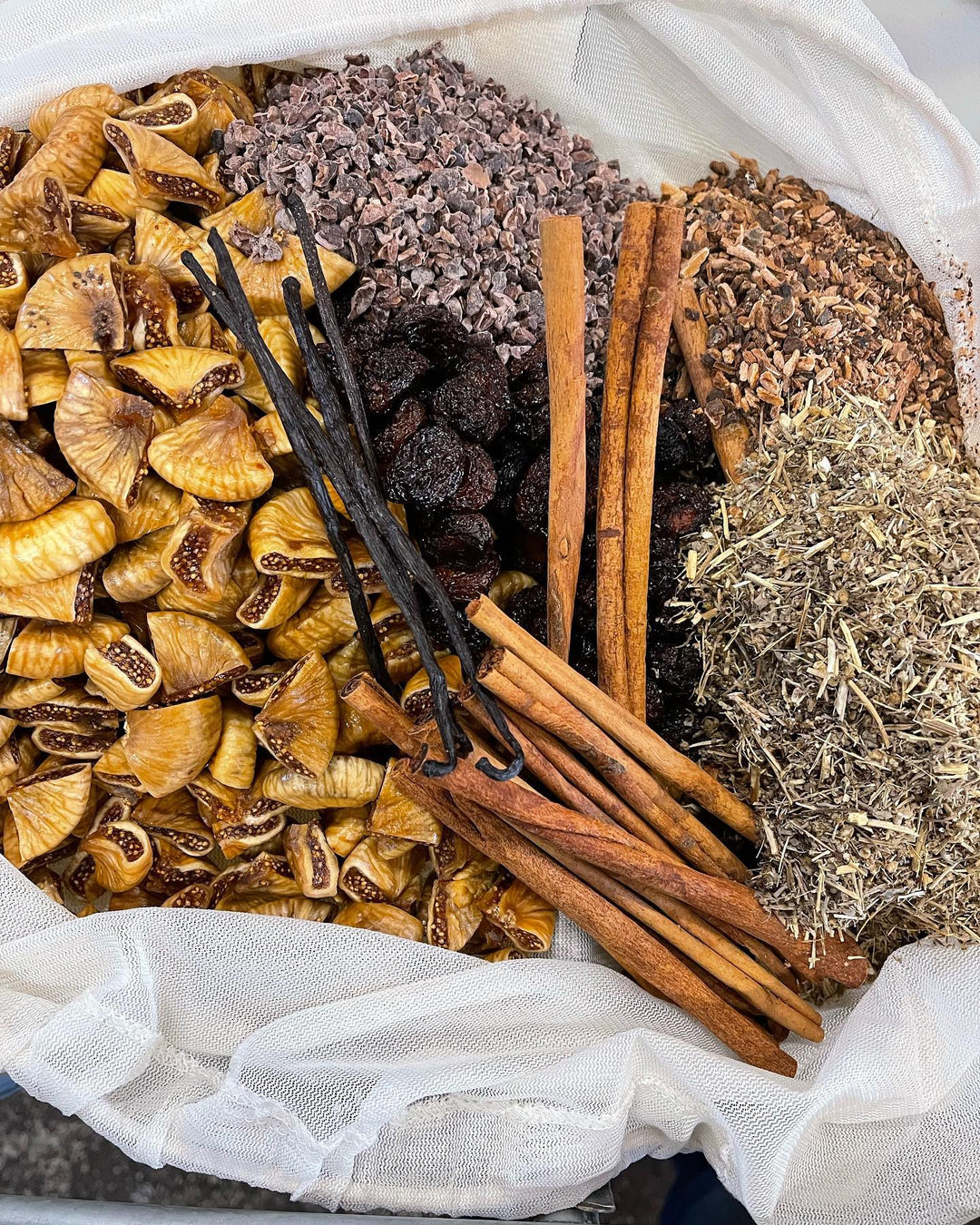During our first series on Brandy production, we gave you a high level of our production process, from grapes to bottle.
In this second series, we are taking a technical approach to give you a little more details and pulling the curtain on what we do behind the scenes to create our award-winning Brandy!
Fermentation
After four years of experiments with lots of grapes and wines distilled, we have concluded that Riesling and Baco Noir offer the best mix of flavor, acidity, and terroir for our style of brandies. We source our Riesling from primarily Yakima Valley AVA, and our Baco Noir from a small block vineyard just outside the Puget Sound AVA.

Our goal is to produce single blends of those varietals to showcase what Washington has to offer in terms of a proper barrel-aged brandy, from both sides of the mountains.
Our season usually starts from September to November, and although each year is a little different as we work with farmers and grapes we tend to get very consistent high-quality grapes and juice every year for the last four years.
Once the grapes and or juice has arrived at our distillery, we crush and transfer the juice into 275-gallon fermenters, let the juice settle for a period of 24 hours and then we add our yeast

Here you can see our yeast starting to become active thus foaming up and getting ready to consume all that delicious grape sugar and produce a wine of between 9-11 percent alcohol.
Distillation
Once fermentation is completed, we single pot distill our brandies, achieving a balanced blended of 55% ABV before it enters our barrels.

Our single distillation has some benefits and our decision behind that due to the fact that our fermentations are so clean and flavorful that produce very highly aromatic and clean distillates during the first distillation, the second approach is due to our use of wine grapes, we can achieve slightly higher Brix levels during maturation and thus higher base alcohol wines, so a single distillation concentrates those wines into an average of 55% when all the hearts are collected, which we believe is the perfect equilibrium to enter spirits into barrel.
Aging and Bottling
Aging of our brandies happen at our facility as well, we primarily source ex-wine barrels that are a mix of French and Hungarian oak. We decided on using full-size barrels from the beginning, and letting the spirits age for at least two years, so neutral oak played an important role into our aging program, as we don’t want to over-oak the spirits by using new oak and we don’t want too little oak, so we work closely with wineries that once they are done emptying their wine barrels we bring them fresh to the distillery and fill them up right away.
Our bottling takes the same approach, we don’t chill-filter our spirits, but we do a slight filtration during bottling to remove anything unwanted particles.
